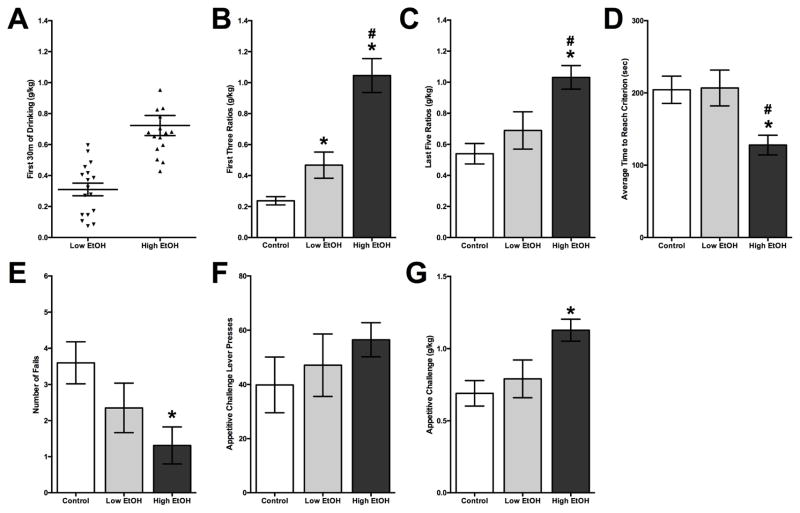Figure 2. High and Low Adolescent Ethanol Drinkers on Behaviors in Adulthood.
(A) The mean (±SEM) amount of ethanol consumed during the first 30 min of the 2-bottle choice paradigm. Adolescent high drinking animals (High EtOH) had significantly higher consumption of alcohol than low drinking animals (Low EtOH). (B) The mean (±SEM) amount of alcohol consumed during adulthood in the first three FR sessions was compared between high drinkers, low drinkers and controls to determine if an initial preference to alcohol had a long-term effect on alcohol consumption during adulthood. High drinking animals consumed significantly more ethanol than both low drinking animals and control animals. Low drinkers consumed significantly more alcohol than controls. (C) The mean (±SEM) amount of alcohol consumed during all sessions was compared between high drinkers, low drinkers and controls. High drinking animals consumed significantly more ethanol than both low drinking animals and control animals, but no difference between low drinkers and controls. (D) The overall mean (± SEM) time to reach FR criterion was significantly faster for the high drinkers compared to low drinkers and controls. (E) The mean (± SEM) number of failed criterions was less for the high drinkers compared to controls but no difference between controls and low drinkers. (F) The mean (±SEM) number of lever presses during the appetitive challenge session was compared between the high drinkers, low drinkers and control animals and no significant difference was found. (G) The mean (±SEM) amount of alcohol consumed during the challenge session was significantly different, with high consuming animals drinking significantly more than low drinkers and control. (* p<0.05 vs. control group, # p<0.05 vs. Low EtOH group)

